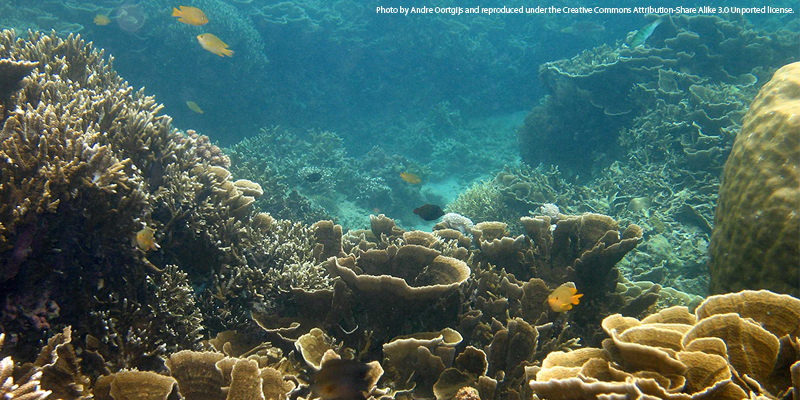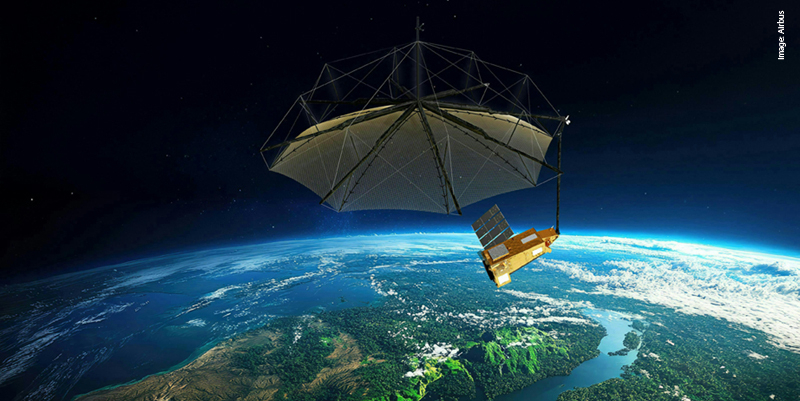In the Internet age, threats to deployed military forces are increasingly threats in our home communities, adding yet another dimension - the security agencies. It is the successful combination of the effects of all defence, diplomacy and security agencies that deliver national security. National and Defence mapping agencies will be drawn ever closer as a result. Wider security – e.g., food security and land tenure - requires reliable, accessible geospatial information. And while such issues are not considered in this article, Britain’s Department for International Development in partnership with Ordnance Survey International is investing in this area.â©
Shared understandingâ©
To maintain control in the quagmire of this large multi-dimensional environment, leaders and commanders must come to grips with agile threats and enemies with ever greater speed and understanding. Geospatial tools help deliver this edge but require reliable geospatial data as the basis with which all relevant location information can be linked and analysed. Equally, interoperability of systems, services and data for multi-national forces in austere operating environments is fundamental and is a recognised challenge for policy-makers and industry.â©
54% of the world’s population lives in urban areas, a proportion that is growing. The metropolitan area of Tokyo houses 38 million. Baghdad, seven million. Even Fullujah, where the US Marine Corps conducted urban operations in 2004, houses 300,000. These cities are jungles physically, ethnically and culturally. The ‘enemy’ hides in this complex 3D terrain, to quote Rupert Smith, ’amongst the people’ using physical and virtual networks to plan and execute attacks. And while traditional 1:50,000 scale mapping is of scant help for tactical purposes in tower blocks or shanty towns, the emerging Smart Cities solutions being adopted by other security and national mapping agencies may provide more effective assistance.â©
Seeing through the fogâ©
Defence has a unique opportunity, collectively with other national security and mapping agencies, to re-examine GI requirements. The approach starts with determining the questions that will need answering - the concepts and systems that will need supporting in the operating environment of the future, particularly in urban environments. Only when these are understood can requirements by geographies, features, attributes, resolution, currency and readiness be determined. By defining accuracy and assurance levels, Defence will also be able to utilise some crowdsourced and Open Source data – solutions to better understand the reliability of such data would be welcome. Clever requirements assessment enables prioritised collection and production that focusses on data, not mapsheets. â©
The requirements for the urban environment are increasingly 3D in nature, from buried utilities through mobile communications infrastructure to shopping malls (remember the 2013 attack on the Westgate shopping Mall in Nairobi?). They include networks, addressing and useable 3D coordinate systems. Experimentation is essential to this and will also help determine the inevitable compromises and associated risks. Ordnance Survey has established a geospatial innovation centre that brings people together to encourage innovation such as solutions for smart cities; Defence could do likewise. It also appears logical that ‘real world’ geospatial data should be incorporated into training simulation, allowing operational modelling and mission rehearsal to save on cost. â©
Clearing the fogâ©
Burden sharing across national agencies and nations remains fundamental. Defence geospatial information organisations already collaborate, e.g. in the Multinational Geospatial Co-production Programme. The need for such sharing will increase. â©
Standards arguments are well understood. The Defence Geospatial Information Working Group has laboured long and fruitfully to deliver military geospatial standards. Its increasing coordination with the Open Geospatial Consortium will help ensure that Defence can share and use Open Standards geospatial and location data from a wide variety of national security (and wider) sources. The whole Defence Industry should embrace this; system-bespoke GI standards generally create problems – not solutions - in military operations.â©
Following leadership by Ordnance Survey and the UK MoD, London 2012 set a new baseline in collaboration by geospatially-enabling a major international event in an urban environment. From extending the Ordnance Survey precision GPS network, OSNet, to speed construction and to manage all relevant location data in the Cabinet Office during the event, stakeholders worked together to enable the Olympics. Requirements down to feature currency and attribute level were driven out and collected; a coordination group formed; data and products shared, and a single version of the truth created. It may be a microcosm for a national approach but it shows that it can be done and has provided a legacy for the nation, including Resilience Direct, a service that combines many sources of data to give Britain’s leadership and public bodies a common understanding for resilience.â©
At the sharp end â©
The responsibilities, values, intent and time-pressures placed on commanders at all levels must be understood by the geospatial community. On operations, geospatial specialists support the mission and the commander. First and foremost it is about solving the problem, not producing products; experience is uncompromising in expecting that the geospatial specialist breathes the same hot dusty air as the commander. Reach-back to home-based organisations reinforces but does not replace this capacity. The geospatial specialist must enable everyone to get the best from all relevant location data. He or she must present analysis in a way that meets the commander’s needs; a simple ‘left’ or ‘right’ may suffice to answer a multi-dimensional question such as, ‘What is the best attack route after tomorrow’s storms, taking account of engineering and logistical resources, aid agency operations, and the commander’s plan for maritime landings in order to demonstrate Force versatility?’â©
The geospatial skills needed in a multi-dimensional military environment must be based on education. Every soldier needs a basic understanding and many must create, consume and analyse location data. The geospatial specialist ensures that all relevant geospatial and wider location data is available across the network; supports all users, and delivers complex and time-critical outputs. By understanding the ever changing data, mission, force, tools, systems and personal limitations the specialist can provide the information edge to the force. The UK leads the world in this respect, with its Royal Engineer (Geographic) profession and the Royal School of Military Survey. But be aware of geospatial education not backed by continuous professional development. â©
Geospatial analysis has limitations. Position is not necessarily the best way to analyse information and other forms of analysis may be equally relevant. Geospatial teams may need to caveat their work; provide a probability factor, or advise that ‘live’ information gathering is necessary to reduce risk. Experience helps in this judgement and, thus, maximises peacetime training, as does exercising with wider Defence forces. â©
UK Defence has long recognised that Geospatial Information and services are critical. Location data is now omnipresent, most people are unaware of quite how many decisions are made and lives enriched - or ended - based on geospatial and wider location information. In the first decades of this century, nations have no option but to redefine the way location enables Defence and wider national security. â©
Colonel (Ret’d) John Kedar, FRGS, FinstRE, C.Geog (GIS), was latterly Commander of the Joint Aeronautical and Geospatial Organisation (JAGO) at the UK Ministry of Defence and is currently Director of Strategic Relationships at Ordnance Survey International (www.ordnancesurvey.co.uk/international). He can be contacted by email at john.kedar@osi.os.uk.
Subscribe to our newsletter
Stay updated on the latest technology, innovation product arrivals and exciting offers to your inbox.
Newsletter

